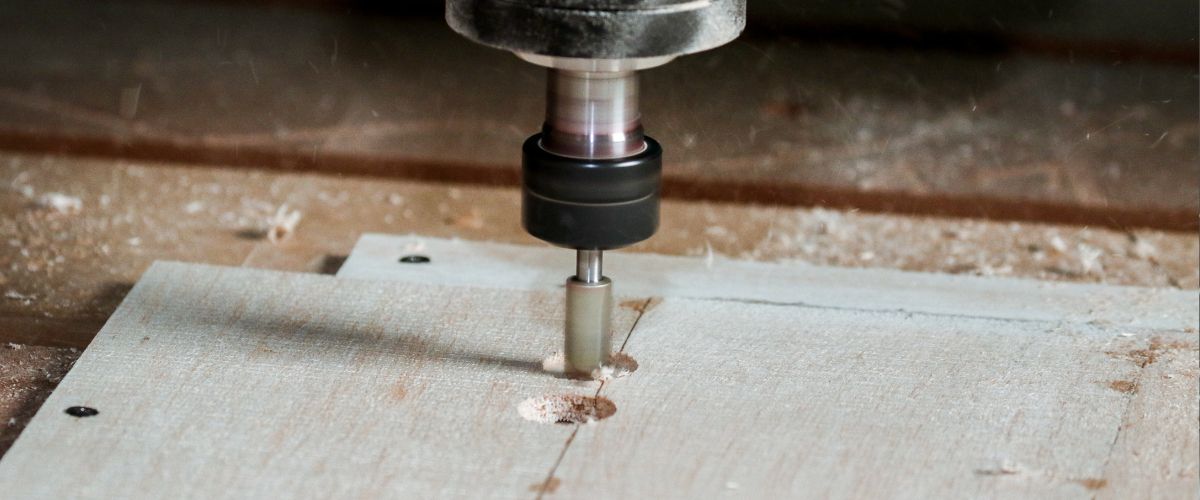Milling and turning are two fundamental processes in mechanical manufacturing, widely used in various industrial sectors. While these two techniques share some similarities, they differ significantly in the type of operation and the mechanical parts they produce.
Milling:
Milling is a manufacturing process in which a piece of material, usually metal or wood, is subjected to rotary cutting using a cutter. The cutter is a rotating tool with cutting edges positioned around the perimeter or surface of a disc. The work piece is fixed in place and the cutter is rotated at a high speed. As the cutter rotates, the cutting edge removes material from the workpiece, creating flat surfaces, grooves, holes and complex shapes.
An important aspect of milling is the ability to create three-dimensional shapes and complex surfaces. Milling is used to machine materials in various orientations, allowing intricate details to be made on a wide range of components, such as aircraft control panels or machinery parts.
Turning:
Turning, on the other hand, is a process in which a rotating piece of material, often called an “ingot” or “bar”, is machined by a stationary cutting tool. The cutting tool moves along the workpiece as it rotates on a lathe. Turning is commonly used to create cylindrical shapes such as shafts, screws and bolts, but can also be used to machine conical, curved and spherical surfaces.


Comments are closed